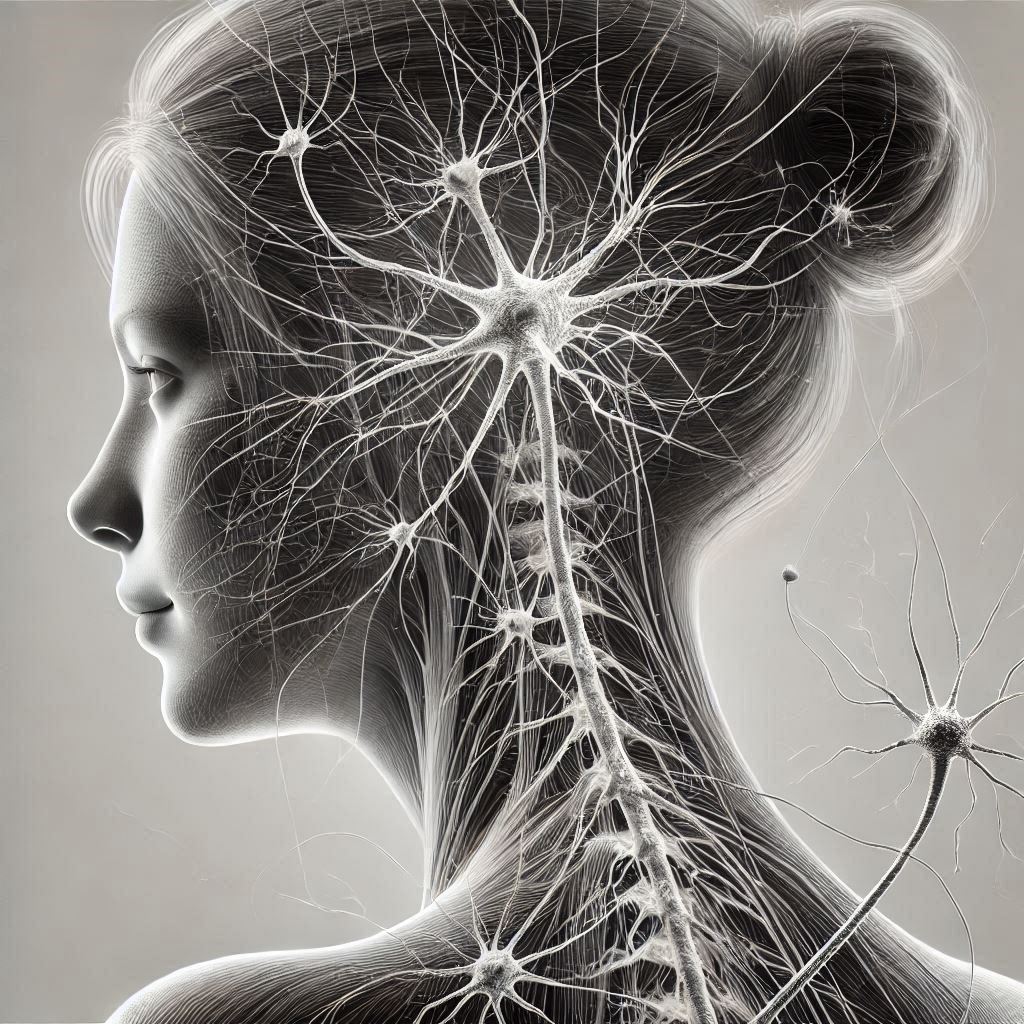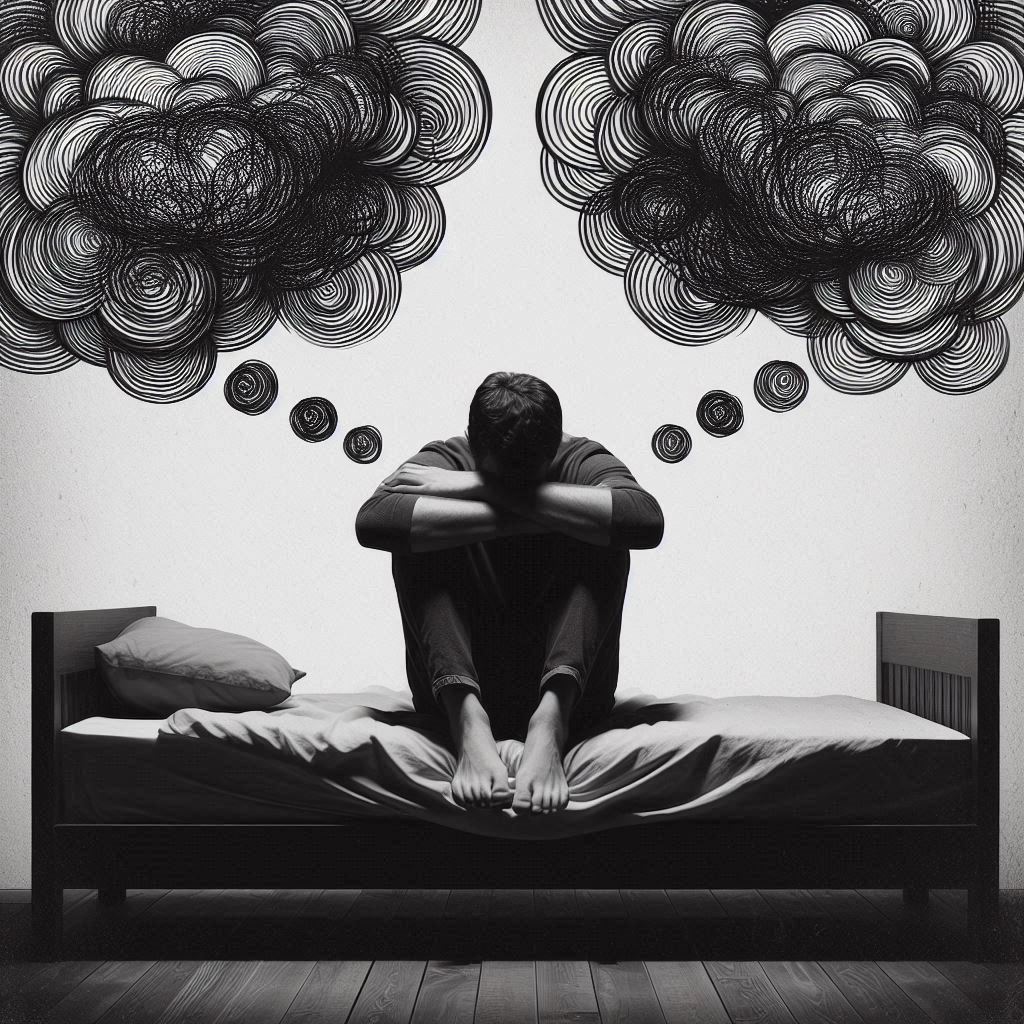Feeling your heart race or chest tighten out of nowhere can be terrifying. Panic attacks often strike without warning, leaving you confused and scared.
For many, the physical symptoms are so intense they’re mistaken for serious medical conditions. Recognizing these signs is key to understanding what your body is experiencing and finding ways to cope.
This post breaks down the most common physical symptoms so you can spot them early and take control.
Understanding Panic Attacks
Imagine feeling like you’re losing control, even though no clear danger is present. This overwhelming sensation is what defines a panic attack. Aside from the emotional toll, the physical symptoms can mimic severe health issues, making them even more daunting. Let’s break it down.
Definition of Panic Attack
A panic attack is a sudden, intense surge of fear or discomfort that typically peaks within minutes. According to psychological standards like those outlined in the DSM-5 (Diagnostic and Statistical Manual of Mental Disorders), a panic attack involves at least four of the following symptoms: rapid heart rate, sweating, trembling, shortness of breath, feelings of choking, dizziness, chills, or a sense of disconnection from reality.
It’s not just “being scared.” These attacks are often accompanied by a sense of impending doom or fear of losing control. Although fleeting, the experience can feel life-threatening, leaving individuals emotionally and physically drained. The randomness of these episodes adds to the anxiety—they can strike at work, home, or even during sleep.

Photo by SHVETS production
Prevalence and Impact
Panic attacks are surprisingly common. Studies show that about 11% of people in the U.S. will experience a panic attack at least once in their lifetime. For some, these are isolated events. However, for others, recurrent attacks progress to panic disorder—a chronic condition that can significantly affect daily life.
The impact goes beyond the attack itself. Many people live with a constant fear of the next event, which can lead to avoidance behaviors. Skipping social events, canceling plans, or refusing to drive? These might be signs of someone silently battling this condition. Left unchecked, this cycle may snowball into bigger challenges like depression or social isolation.
Did you know even physical health might take a hit? Repeated panic episodes are linked to stress-related health issues such as high blood pressure or weakened immunity. The body simply isn’t designed to stay on “high alert” repeatedly. For anyone experiencing panic attacks, recognizing the signs and seeking help is an essential first step in reclaiming control.
Physical Symptoms of Panic Attacks
Panic attacks don’t only affect the mind—they take a toll on the body too. These physical symptoms often feel intense enough to convince someone they’re facing a serious medical issue. Understanding these signs can reduce the fear and help you gain perspective when they strike.
Rapid Heartbeat (Palpitations)
During a panic attack, the heart races like it’s running a marathon. This is the body’s fight-or-flight response kicking in. The rapid heartbeat feels overwhelming, pounding in your chest or throat. It’s the result of adrenaline increasing blood flow to prepare you for danger—except, in this case, there’s no real threat.
Shortness of Breath
Ever felt like you can’t catch your breath, no matter how hard you try? That’s another hallmark of panic attacks. The feeling of breathlessness is caused by hyperventilation, where you breathe too quickly or shallowly. This reduces carbon dioxide levels in your blood, making you feel dizzy and lightheaded.
Chest Pain or Discomfort
Chest pain during a panic attack can be alarming, sometimes making people think they’re having a heart attack. This discomfort happens because of muscle tension and the body’s heightened state of stress. While it’s usually harmless, the sensation adds to the fear and anxiety of the moment.
Sweating and Chills
Your body’s internal thermostat goes haywire during a panic attack. Some people get soaked in sweat, while others feel sudden chills crawling down their spine. This is your body’s way of trying to cool itself during a surge of adrenaline, but it can feel deeply uncomfortable.

Photo by SHVETS production
Trembling or Shaking
Ever noticed your hands shaking uncontrollably during intense stress? Involuntary trembling is a common response during panic episodes. It’s caused by a sudden rush of adrenaline, which readies your muscles for action, though they’re not being used.
Nausea or Abdominal Distress
Stress doesn’t just stay in your head—it can upset your stomach too. Many people experience nausea, cramping, or a sense of discomfort in their abdomen during panic attacks. This happens because the body slows non-essential functions, like digestion, to focus on perceived danger.
Dizziness or Lightheadedness
Feeling like the room is spinning or that you might faint? Dizziness during panic attacks can make you feel disconnected from your surroundings. This stems from hyperventilation reducing oxygen flow to the brain, leaving you unsteady.
Numbness or Tingling Sensations
One of the more peculiar symptoms is numbness or tingling, typically in the hands, feet, or face. It feels like pins and needles and is linked to improper breathing during an attack, which causes changes in blood flow and nerve sensations.
Hot Flashes or Chills
Body temperature shifts rapidly during a panic attack. You might feel a sudden wave of heat, like a fever, followed by cold chills. These temperature swings are your body’s exaggerated stress response at work, trying to regulate itself.
Feelings of Detachment
During a panic attack, some feel entirely disconnected from reality—a sensation known as depersonalization or derealization. It’s like watching yourself from outside your body or questioning if everything around you is real. While unnerving, this is your brain’s way of coping with extreme stress.
Recognizing these physical symptoms for what they are is the first step in managing panic attacks.
Aftermath and Coping Strategies
Experiencing a panic attack can feel like an emotional storm that leaves you rattled and exhausted. Once the episode subsides, the aftermath often holds lingering effects that can disrupt your well-being. Understanding what happens after a panic attack and knowing how to cope with the symptoms can make a huge difference in your recovery.
Understanding the Aftereffects
When the panic attack ends, it doesn’t mean all the distress disappears. Many people feel drained, both mentally and physically, almost like they’ve run a marathon. You might still experience symptoms such as:
- Fatigue: Your body’s fight-or-flight response rapidly consumes energy, leaving you feeling depleted.
- Muscle Tension: The heightened stress can lead to lingering stiffness or aches.
- Lingering Fear: A sense of unease or fear about another attack can persist, even as other symptoms fade.
Emotionally, it’s common to feel embarrassed or frustrated, as if you’ve lost control. Some even experience a form of dread—what if the panic returns? These feelings can make it harder to focus on daily tasks or interact with others shortly after the attack.

Photo by David Garrison
Coping Mechanisms for Symptoms
Knowing how to manage the physical symptoms of panic attacks can give you a sense of control, even in their most overwhelming moments. Below are practical strategies you can try:
- Regulate Breathing: Practice deep, slow breaths. Inhale for four seconds, hold for four, and exhale for six. This can calm hyperventilation.
- Grounding Techniques: Use the 5-4-3-2-1 method. Name five things you can see, four you can touch, three you can hear, two you can smell, and one you can taste.
- Progressive Muscle Relaxation: Tense and release muscle groups systematically, starting from your feet to your head.
- Cool Yourself Down: Splash cold water on your face or hold a cold compress to reduce the sensation of overheating.
- Focus on Reassurance: Repeat calming affirmations like, “This will pass,” or “I am safe.”
Coping strategies don’t eliminate the attack, but they can soften its intensity and help you recover faster. The more you practice these techniques, the easier it becomes to recall them in the moment.
Seeking Professional Help
While self-help techniques can go a long way, they’re not always enough. If panic attacks are frequent or interfere with your daily life, it’s important to reach out to a mental health professional.
A psychologist or counselor can offer:
- Cognitive Behavioral Therapy (CBT): A structured approach to identify and change negative thought patterns.
- Medication Management: In some cases, medications like SSRIs or anti-anxiety drugs may be recommended.
- Personalized Coping Plans: Tailored strategies to help you navigate triggers and reduce their impact.
Remember, seeking help isn’t a sign of weakness but a step toward regaining control. You don’t have to navigate this journey alone. Whether it’s talk therapy, support groups, or online resources, there’s a range of options to fit your needs.
Understanding how to manage the aftermath of panic attacks and when to seek help can make the recovery process less daunting. Keep in mind that progress takes time, and small steps can lead to meaningful change.
Conclusion
Recognizing the physical symptoms of a panic attack is the first step toward understanding and managing them. These symptoms can be intense, but knowing they are temporary and part of an overactive stress response can help reduce fear.
If panic attacks disrupt your daily life, seeking professional guidance can provide relief and improve coping strategies. Don’t face it alone—help is available, and recovery is possible.
Take control by staying informed, practicing coping techniques, and prioritizing your mental health.








